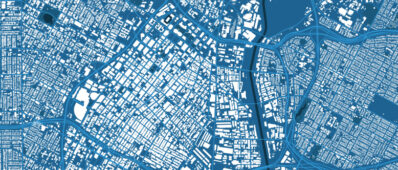Abstract
California has authorized four toll roads to be constructed and operated by private groups, and it is considering more. Construction on a similar 14-mile project in Virginia will begin in 1992. Florida, Texas, and Colorado are considering proposals for private toll roads, and there is talk of a 500-mile private connection between Chicago and Kansas City. Outside the United States, private groups are operating toll roads in France and Italy. Indeed, the idea of private toll roads is making a comeback.
We say “comeback” because many regions of the United States were once laced with private toll roads. In the early 1800s turnpiking was the leading form of transportation improvement. At mid-century an elaborate system of short turnpikes and plank roads served as feeders to the canals and railroads. In Colorado and California private toll roads served the early mining camps. By the year 1900 scores of rustic toll roads continued to traverse rural areas nation-wide. During the 19th century at least 2,000 private companies operated toll roads.


